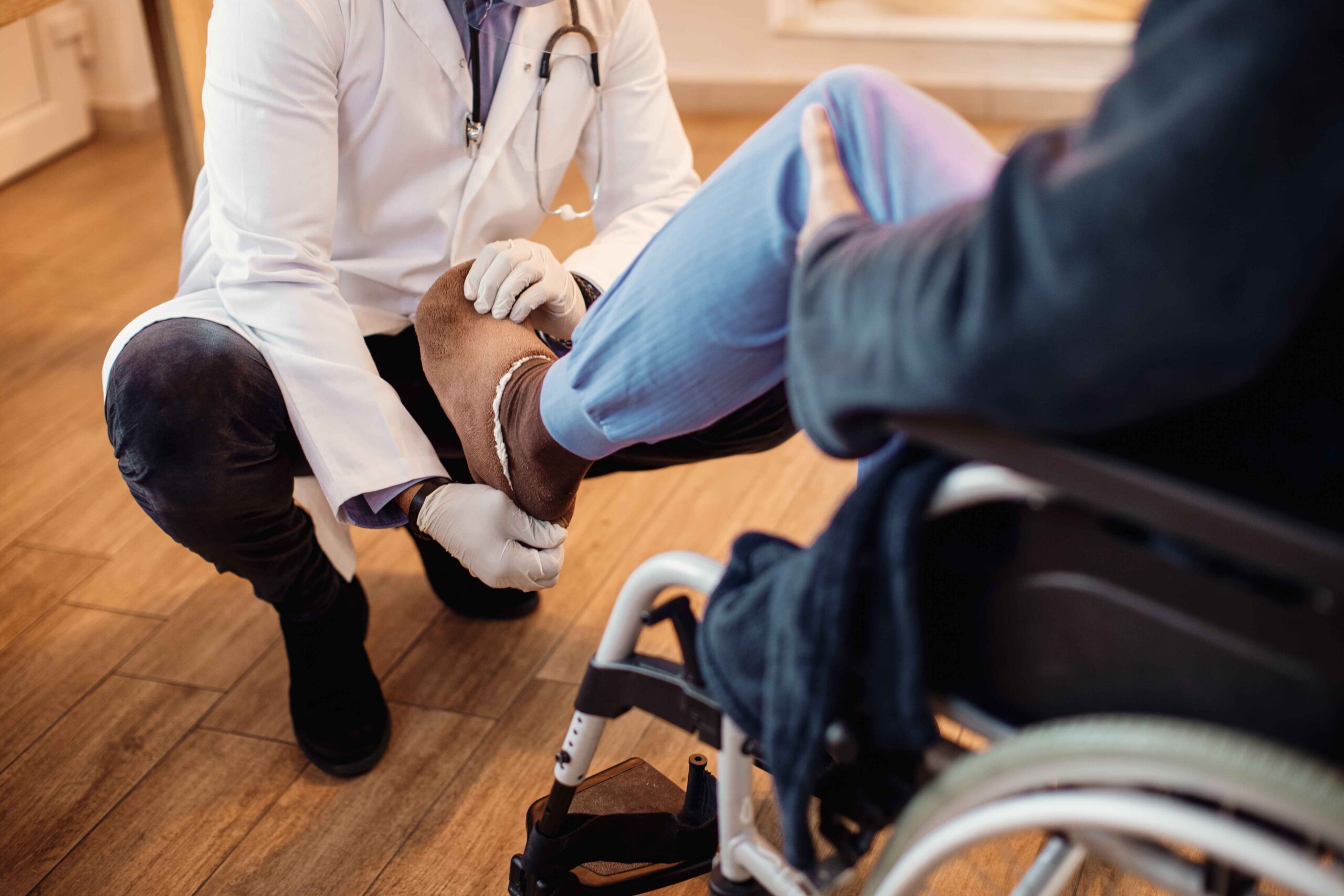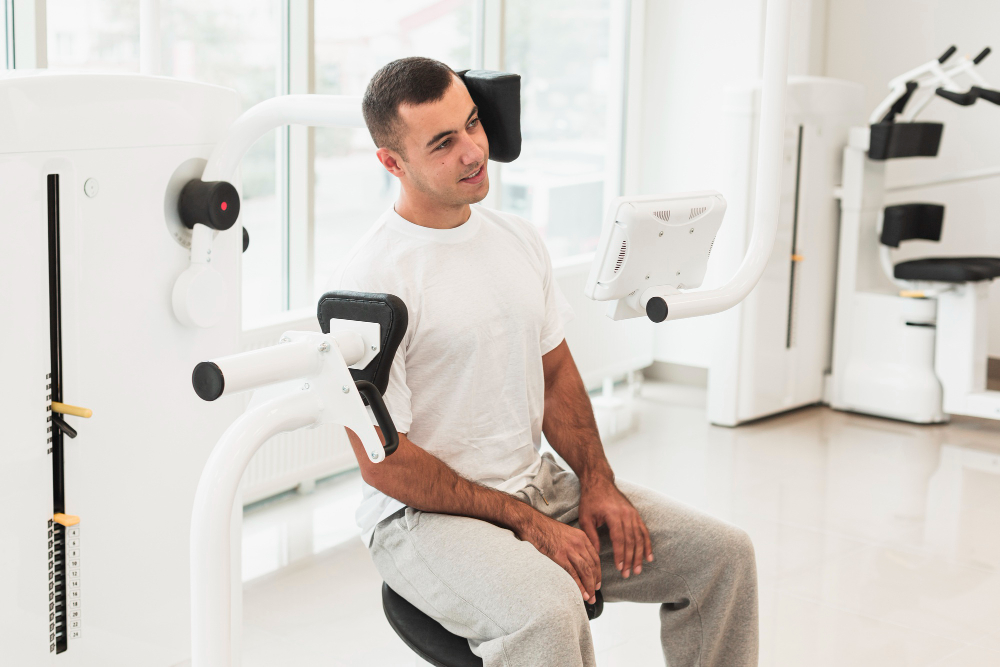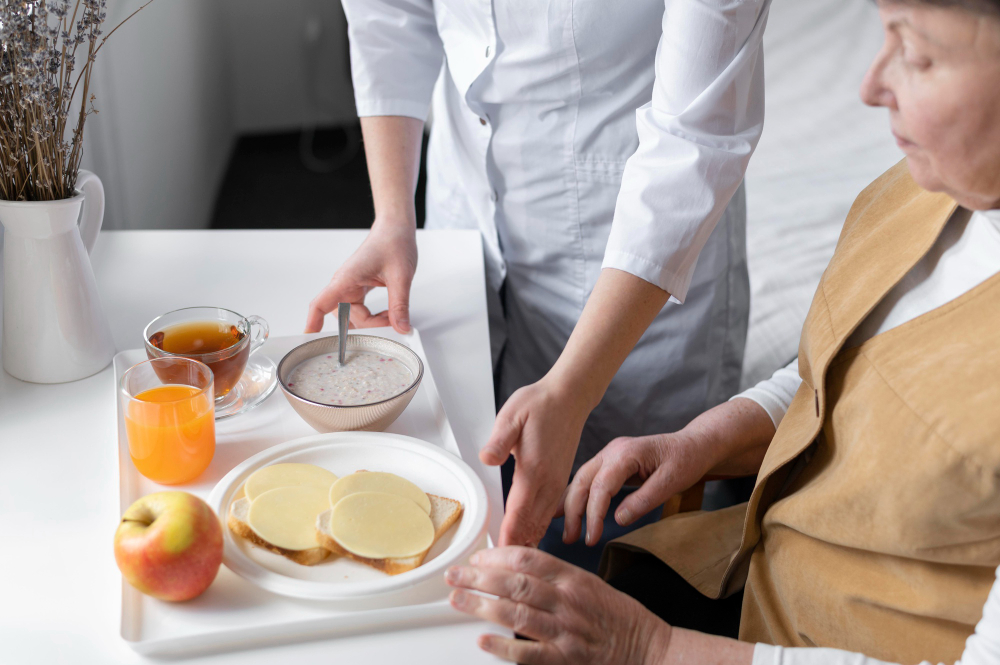
Last updated on by MRC
Dealing with arthritis can be a real pain, both literally and figuratively. If you’re struggling with joint pain, stiffness, or limited mobility, arthritis physiotherapy treatment might be just what you need. Physiotherapy for arthritis isn’t just about exercise; it’s a comprehensive approach that includes personalized strategies to manage pain and improve mobility. The benefits of physiotherapy for arthritis go beyond just physical relief—it’s about getting you back to doing the things you love, with less pain and more freedom. Ready to take the next step towards feeling better? Let’s learn together how physiotherapy can make a difference in managing arthritis.
Arthritis means “joint inflammation,” where the body’s natural response to disease or injury—swelling, pain, and stiffness—becomes chronic.
Arthritis happens when inflammation affects the joints, where two or more bones meet, like in the hip or knee. Joints have cartilage that cushions the bones and helps them move smoothly. Inside the joint, a lining produces fluid that keeps everything lubricated and reduces friction. The joint is also supported by a capsule, ligaments, muscles, and tendons. When inflammation damages this setup, it can cause pain and make it hard to move.
Arthritis can affect people of all ages, though it becomes more common as we get older. There are several types of arthritis, with osteoarthritis and rheumatoid arthritis being the most prevalent. Osteoarthritis occurs when the protective cartilage that cushions the ends of your bones wears down over time. Rheumatoid arthritis, on the other hand, is an autoimmune disorder where the body’s immune system attacks its own tissues, particularly the joints.
Understanding why arthritis occurs is key to managing it effectively. Factors like age, genetics, previous joint injuries, and obesity can increase the risk of developing arthritis. Chronic inflammation and wear and tear on the joints also play significant roles.
Additionally, lifestyle factors such as poor diet, lack of exercise, and repetitive stress on the joints can exacerbate symptoms. The body’s natural aging process can lead to the gradual breakdown of cartilage, while autoimmune conditions like rheumatoid arthritis can cause the immune system to attack the joints, leading to further inflammation and damage.
Physiotherapy offers a lifeline for those struggling with arthritis, providing targeted solutions to enhance daily living. From relieving pain to boosting mobility, the right physiotherapy strategies can make a big difference. Through personalized treatment plans and expert guidance, physiotherapy helps you take control of your arthritis and improve your overall quality of life.
One of the most immediate benefits of physiotherapy for arthritis is pain relief. Through targeted exercises, manual therapy, and techniques like heat and cold therapy, physiotherapy can help reduce pain and discomfort. The arthritis physiotherapy treatment plan can be customized to your specific needs, aiming to reduce pain and improve your overall quality of life.
Arthritis can make your joints stiff and less flexible. Physiotherapy for arthritis focuses on exercises that increase range of motion and improve joint flexibility. Stretching and strengthening exercises are key components of the arthritis physiotherapy treatment, helping you move more freely and comfortably.
Weak muscles around your joints can lead to increased stress and pain. The role of Physiotherapy for arthritis includes strength-building exercises to support the affected joints better. By strengthening the muscles around your joints, you can improve stability and reduce the risk of injury, making daily activities easier and less painful.
Poor posture and improper body mechanics can worsen arthritis symptoms. Physiotherapists assess your posture and movement patterns, providing guidance on how to move and lift correctly. This aspect of arthritis physiotherapy treatment can prevent additional strain on your joints and promote better alignment and function.
An important part of physiotherapy for arthritis is education. Physiotherapists teach you about your condition, how to manage symptoms, and how to perform exercises correctly. This knowledge empowers you to take control of your arthritis management, maximizing the benefits of physiotherapy for arthritis and enhancing your long-term well-being.
Everyone’s experience with arthritis is different. That’s why arthritis physiotherapy treatment involves personalized exercise programs designed just for you. Your physiotherapist will create a plan that suits your specific needs and goals, helping you to stay active and manage your arthritis effectively.
When managing arthritis, different physiotherapy treatments can make a big impact. Here’s a quick rundown:
When it comes to managing arthritis effectively, seeking help from a professional physiotherapist is a smart move. They have the expertise to tailor arthritis physiotherapy treatment specifically to your needs, ensuring you receive the most effective and personalized care. Professional guidance not only maximizes the benefits of physiotherapy for arthritis but also helps in avoiding common pitfalls and ensuring that your treatment plan evolves with your condition. Choosing to work with a qualified physiotherapist can make all the difference in achieving optimal results and improving your quality of life.
Start your journey towards recovery with confidence at the Medical Rehabilitation Center (MRC), renowned as the best physiotherapy clinic in Kolkata. At Rehab India, our expert team is dedicated to supporting you through every step of your recovery process. Experience the real difference at our state-of-the-art pain management clinic in Kolkata, where we integrate advanced techniques with compassionate care.
MRC stands out for its all-inclusive approach to treating pain and paralysis. As a leading name in the non-government sector, our first rehab center introduced indoor neuro orthopedics to provide specialized care. We offer a full range of services, including physiotherapy, arthritis, paralysis treatment, and pain management, all delivered by a multidisciplinary team. From diagnostics and medical treatment to integrated therapeutics and surgical rehab, we cater to all aspects of pain and paralytic disorders in a comfortable and supportive environment, available 365 days a year.
What are the causes of arthritis?
There are more than 150 different types of arthritis. The cause of some forms is unknown, but arthritis can also be the result of disease, infection, genetic defect, injury, or overuse. Arthritis affects more than 50 million adults in the United States and is the nation’s most common cause of disability.
Which foods are bad for arthritis?
Research suggests avoiding certain foods and beverages, including highly processed foods, red meat, fried foods, alcohol, and anything with added sugars.
What is the fastest way to treat arthritis?
In many cases, arthritis symptoms can be reduced with the following measures:









